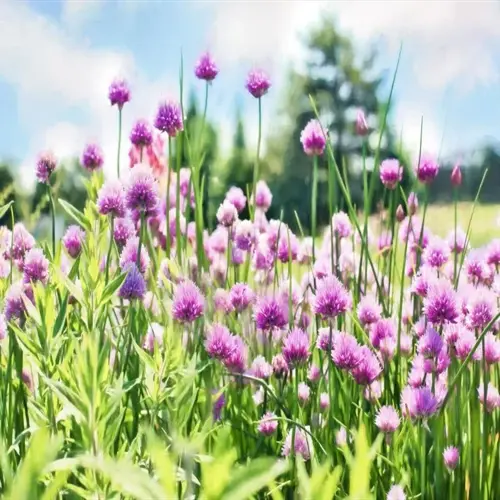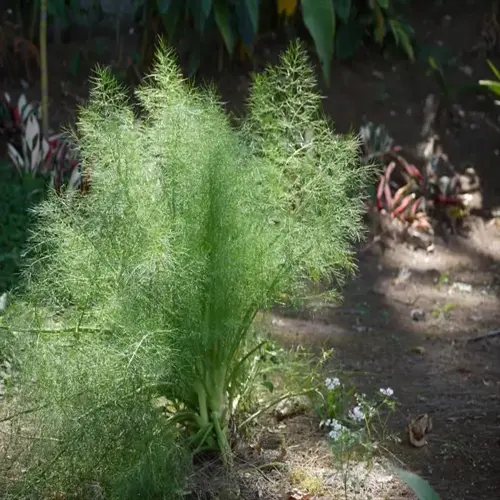What plants should not be grown near fennel?

Written by
Julia Anderson
Reviewed by
Prof. Samuel Fitzgerald, Ph.D.Knowing fennel's garden relationships avoids disappointing harvests. This Mediterranean herb produces allelopathic substances that inhibit the growth of certain plants. I know this from personal experience, when my tomatoes did poorly right next to a giant fennel plant. You would get better results by keeping them far apart from incompatible species.
Fennel significantly competes and inhibits the growth of three vegetable families based on root competition. Beans show stunted growth while tomatoes develop yellow leaves. Kohlrabi grows small, bulbous roots if planted too closely together. These problems manifest between four weeks after planting or less. Space them at least 4 feet (1.2 m) apart.
Beans and Peas
- Stunted pod development occurs within 30 days
- Root systems fail to establish properly
- Yield reductions up to 40% recorded
Nightshades (Tomatoes/Peppers)
- Yellowing leaves indicate nutrient blockade
- Fruit production drops significantly
- Increased susceptibility to blight diseases
Brassicas (Kohlrabi/Cabbage)
- Bulb formation severely restricted
- Leaves develop unusual purple tint
- Higher aphid infestation rates observed
Dill is an excellent companion for fennel without any concern of cross-pollination. As aromatic relatives, they attract beneficial hoverflies and parasitic wasps. Plant them two feet (60 cm) apart for shared pest control options. Their likeness in stature adds to the visual appeal of herb gardens.
Utilize the strategic placement of fennel's pest-repelling properties, plant near paths to deter rabbits with its strong scent. The feathery foliage provides shelter for ground beetles, which eat slug eggs. This affords a natural protection zone without the use of chemicals.
To prevent soil compounds from accumulating, it is recommended to rotate the locations of your fennel each year and follow it with nitrogen-fixing peas to replenish the soil. You'll have a great garden when you honor these relationships between plants. Why not start today, with a plan for planting to start growing healthier crops tomorrow?
Read the full article: How to Grow Fennel Successfully at Home

